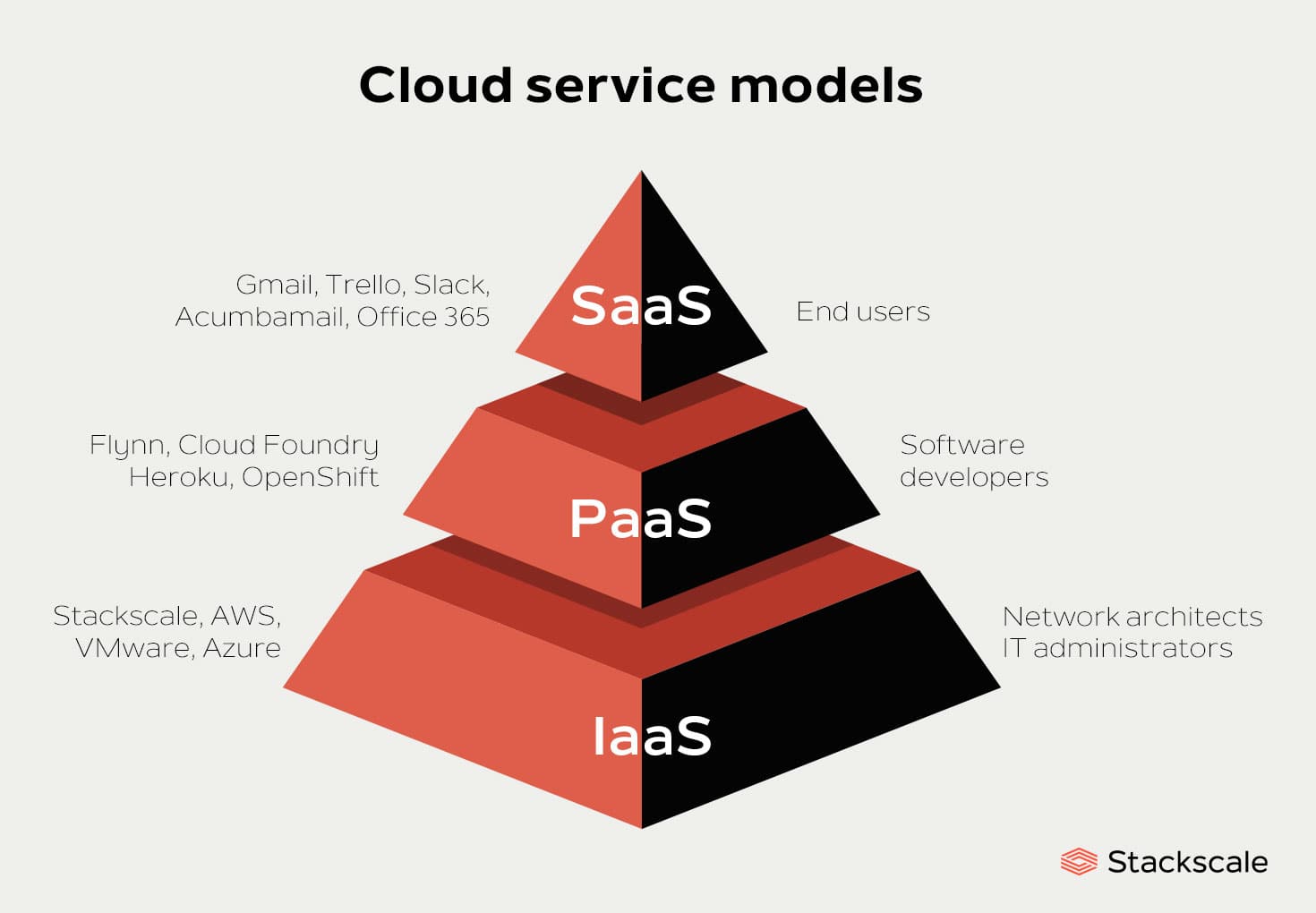Enhance Your Business with Cloud Services: An Overview to Modern Solutions
Wiki Article
Achieve Seamless Scalability With Cloud Provider
In the ever-evolving landscape of cloud solutions, attaining seamless scalability stands as a keystone for modern services seeking to remain versatile and competitive. The capacity to effortlessly broaden or get sources in response to altering demands is a critical benefit in today's hectic digital atmosphere. By understanding the art of scalable cloud remedies, organizations can not just maximize efficiency and enhance operations but additionally lead the means for future development and advancement. The quest for seamless scalability with cloud solutions reveals a world of opportunities for those ready to accept the transformative power of dynamic source management.Advantages of Cloud Scalability
Cloud scalability uses organizations the adaptability to dynamically readjust resources based on need, ensuring ideal performance and price performance. One essential benefit is the ability to range sources up or down promptly in feedback to changing work. This dexterity makes it possible for organizations to satisfy altering client requirements without over-provisioning sources, ultimately leading to cost financial savings. Scalability also improves efficiency by making sure that systems can handle boosted web traffic or work without experiencing downtime or slowdowns. By effectively allocating resources, organizations can maintain high levels of performance during peak times without unnecessary expenditures during quieter periods. In addition, cloud scalability promotes technology and trial and error by allowing organizations to easily examine originalities and scale them as needed. This adaptability urges a culture of continuous improvement and adjustment, allowing companies to stay affordable in a swiftly developing market landscape. Ultimately, the benefits of cloud scalability extend beyond price financial savings to incorporate improved performance, dexterity, and development.Key Attributes for Scaling
Effective scaling in cloud services counts on key attributes that allow organizations to change sources dynamically based on need. One crucial feature for scaling is elasticity, allowing sources to scale up or down in action to rising and fall workloads. This makes sure that organizations can fulfill efficiency demands without over-provisioning sources. An additional key feature is scalability, enabling systems to manage raised workload by adding sources effortlessly. This function is vital for accommodating development without compromising efficiency. In addition, automation plays an essential function in scaling by automating the provisioning and de-provisioning of sources based upon predefined policies. Automation reduces human treatment, enhances performance, and makes certain fast action to transforming needs. Monitoring and analytics devices are also necessary for scaling, offering understandings into resource utilization, efficiency metrics, and prospective traffic jams. These tools make it possible for companies to enhance and make educated decisions resource appropriation for effective scaling. On the whole, these crucial functions jointly equip companies to accomplish seamless scalability in cloud services.Executing Auto-Scaling Methods
To successfully maximize resource allowance and adjust to differing workloads, organizations need to strategically carry out auto-scaling strategies in their cloud services facilities. Auto-scaling allows systems to instantly change the variety of calculate resources based upon real-time demand. There are different auto-scaling techniques that organizations can utilize, such as predictive scaling, which uses historical information to forecast future resource requirements, and responsive scaling, which reacts to current work changes.
Best Practices for Scalability
For companies intending to improve their scalability in cloud services, implementing ideal techniques is critical for ideal performance and resource monitoring. One trick best method is making applications with a microservices style. This approach breaks down applications right into smaller sized, independent services that can be released, updated, and scaled separately, permitting greater flexibility and scalability.An additional vital practice is using containerization innovation, such as Docker or Kubernetes. Containers allow the product packaging of applications and their dependencies into separated devices, making it much easier to scale components separately and deploy them regularly across various settings.
Furthermore, executing automated deployment and framework as code (IaC) can improve scalability efforts (linkdaddy cloud services). Automation tools like Terraform or Ansible assistance in provisioning and taking care of sources effectively, minimizing manual errors and allowing rapid scalability
Moreover, monitoring performance metrics, establishing notifies, and conducting routine capacity planning are necessary techniques to guarantee aggressive scalability administration. By adhering to these finest methods, organizations can achieve seamless scalability in their cloud solutions while optimizing performance and resource application.
Tracking Efficiency Metrics
When assessing the performance of cloud solutions scalability, closely keeping track of performance metrics is necessary for guaranteeing optimum functionality and source allowance. By constantly tracking key performance indications (KPIs) such as reaction times, source, throughput, and latency usage, companies can get valuable insights into the health and wellness and performance of their cloud facilities. Checking performance metrics permits for the very early detection of prospective bottlenecks or problems that can influence scalability, enabling aggressive measures to be required to resolve them before linkdaddy cloud services press release they escalate.

Verdict
In final thought, accomplishing seamless scalability with cloud services is essential for organizations to enhance performance, boost technology, and preserve high performance levels throughout peak times. By leveraging the benefits of cloud scalability, applying auto-scaling techniques, making use of key features such as flexibility and automation, and following finest techniques like application design and performance tracking, companies can effectively scale their systems while optimizing source application and efficiency.The mission for smooth scalability with cloud solutions unveils a globe of possibilities for those prepared to embrace the transformative power of dynamic source monitoring.
Cloud scalability provides companies the adaptability to dynamically adjust sources based on demand, making certain optimal performance and price performance. An additional essential feature is scalability, enabling systems to take care of raised workload by adding resources perfectly.For organizations aiming to enhance their scalability in cloud services, executing finest practices is essential for optimal performance and source management.When examining the efficiency of cloud solutions scalability, very closely keeping track of performance metrics is crucial for making certain optimum capability and resource allowance.
Report this wiki page